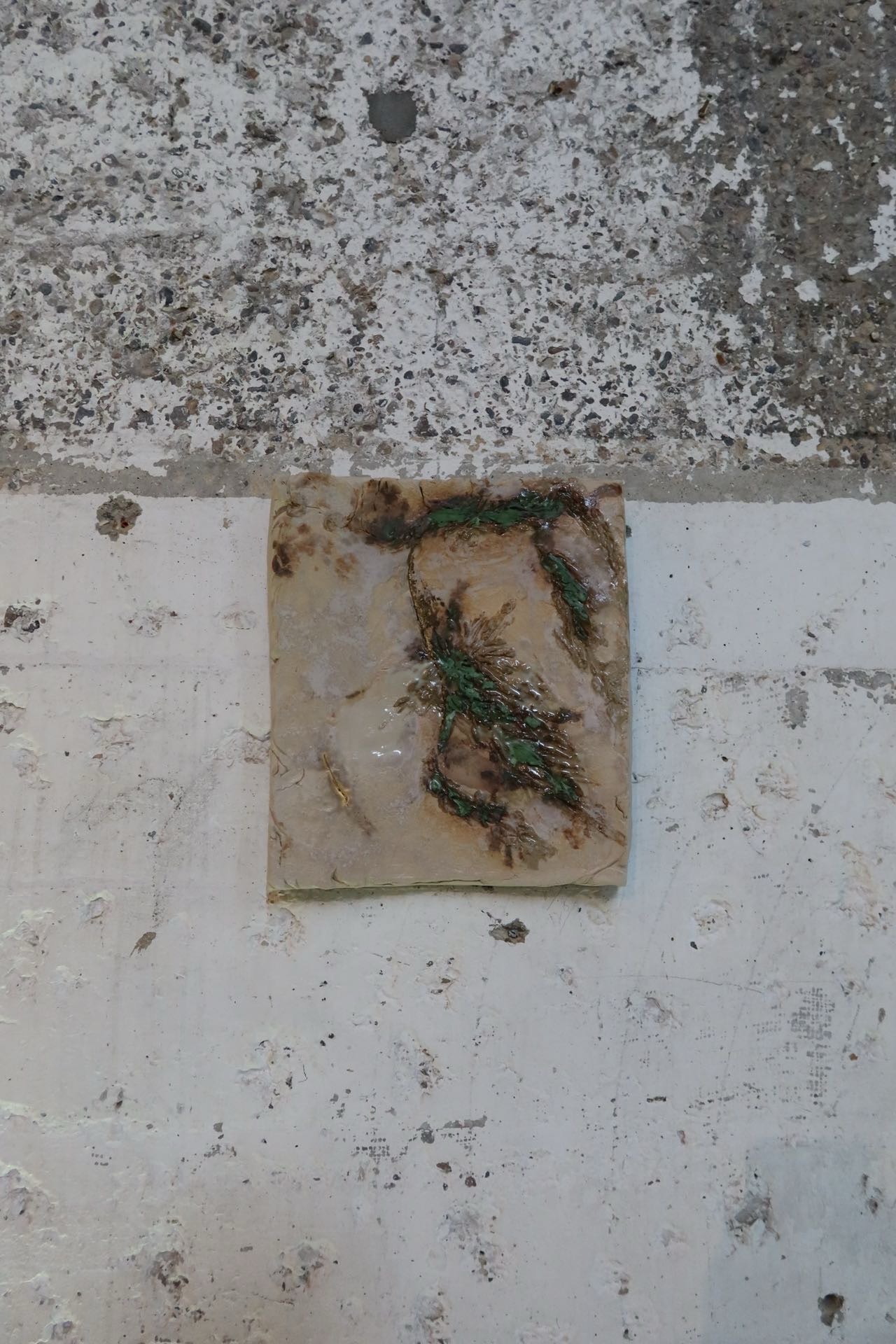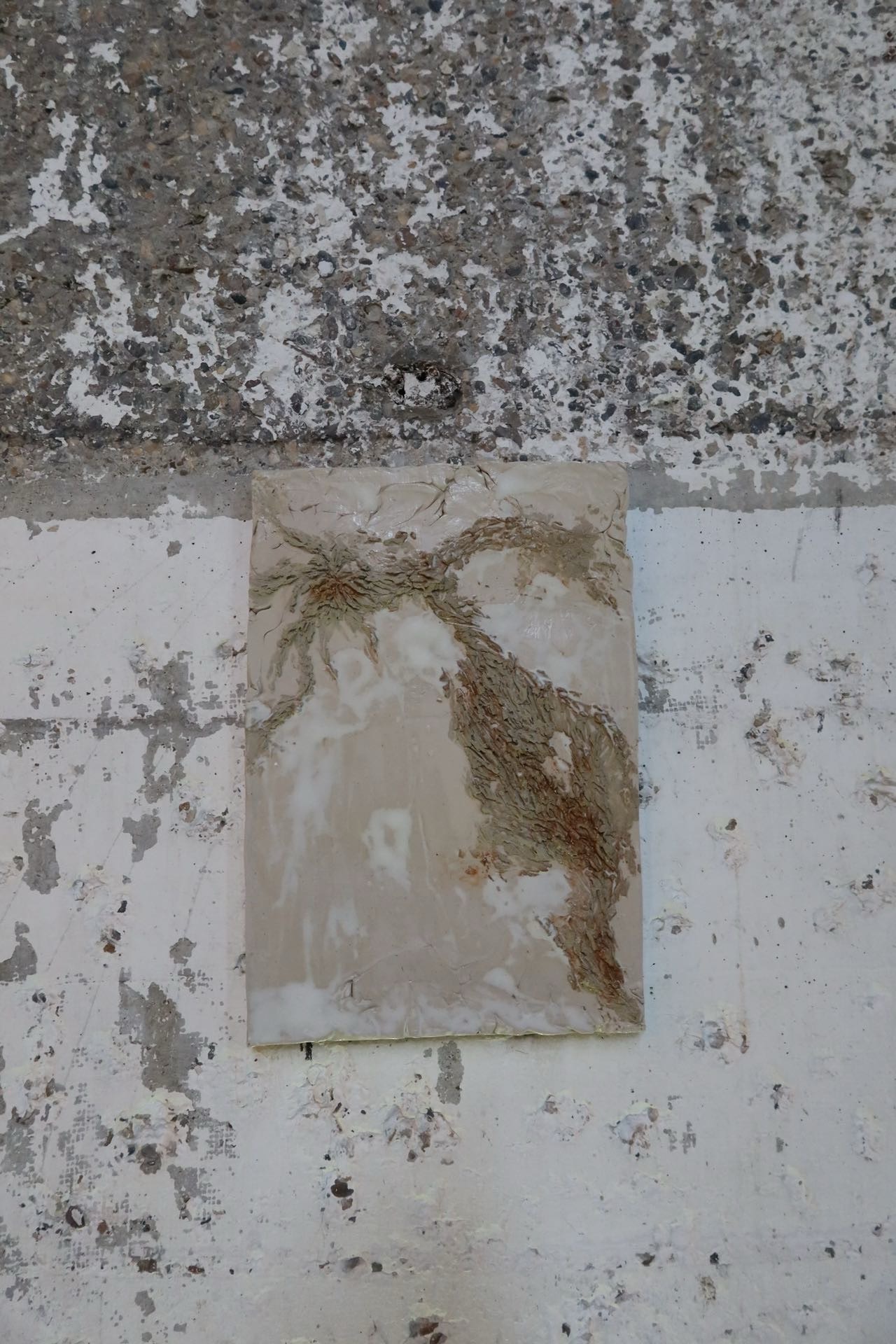In a dusty, shard-littered studio in South London, artist Anyi Ji sinks her hands into moist clay, allowing it to yield to its own gravity and weight. She doesn’t rush to impose form. Instead, she waits—for a response, a rhythm—something intuitive that emerges from within the material itself.
“Ceramics embody a paradox between impermanence and permanence,” she reflects. “Once fired, clay transforms from soft earth into a solid, enduring substance. Yet it remains fragile, prone to breaking. That duality speaks to life itself—and to time.”
This philosophy forms the foundation of her artistic practice. Born in Hangzhou, China and currently based in London, Anyi Ji is a contemporary artist whose primary medium is clay. Her work is deeply informed by Buddhist and Daoist philosophies, rooted in the East, but speaking to universal themes. Through the tactile language of ceramics, she explores the transience of existence and the persistence of memory.
Letting the Material Speak: An Intuitive Process
Unlike strictly planned or sketched-out approaches, Ji’s creative process often begins with only a vague impulse. She embraces unpredictability and allows the material to guide the outcome. Moisture, weight, resistance—each physical property of clay plays a role in shaping the final form.
She describes it as a subconscious process, where intuition and experience serve as quiet collaborators, and the material becomes an active participant. This approach resonates with the Zen principle of “wu wei”, or effortless action: a state of balance between letting go and taking control. While technical elements like firing temperature demand precision, the form itself often arises through spontaneous gestures.
The asymmetry, raw surfaces, cracks and marks on her works are not imperfections, but intentional testaments to the uncontrollable nature of existence—traces of becoming rather than signs of flaw.
Between Form and Meaning: Nature, Death, and Transformation
In her representative work Forever Moment, Ji employs motifs of flowers and mountains as symbolic expressions of natural cycles. These forms are not literal representations, but distilled essences—how mountains erode over millennia, how flowers bloom and wither in a matter of days. Surface cracks echo geological time or the edge of a petal curling into decay, evoking a rhythm that cannot be reversed.
“I’m not trying to reproduce nature,” she explains, “but to explore how nature can serve as a metaphor for impermanence.” In Buddhist and Daoist traditions, nature is not merely scenery, but a mirror for inner life—mountains and rivers, wind and fire, blooming and falling—all part of a cosmic cycle of renewal and decay.
In her more experimental works, Ji incorporates herbal and organic materials into the clay. During firing, these materials combust and disappear, leaving behind traces—textures, colors, voids. It’s a process reminiscent of alchemy: an elemental death that births a new form.
“Earth, fire, water, plants—they’ve all lived, and they all die,” she says. “But death isn’t an ending. It’s a transition into something else.”

Beyond Language: An Invitation to Presence
Ji’s sculptures avoid overt narratives or symbolic codes. Instead, they invite viewers into a non-verbal encounter—a moment of resonance that transcends literal understanding. Her organic lines, flowing contours, and delicate yet grounded forms create an atmosphere rather than a message. In this space, the viewer is gently pulled into a state of attentiveness, where the boundary between object and observer dissolves into presence.
“My work doesn’t need to be understood in a conventional way,” Ji offers. “It’s meant to be felt.”
In Fragments, a Sense of Wholeness
In a contemporary art world often marked by conceptual density and digital slickness, Anyi Ji’s practice offers quiet, meditative resistance. Her ceramics speak not with loud declarations, but through layered, subtle reflections on time, life, memory, and nature. The cracks, textures, and remnants left by fire are more than aesthetic—they are philosophical reminders that everything we experience continues to exist, only in different forms.


